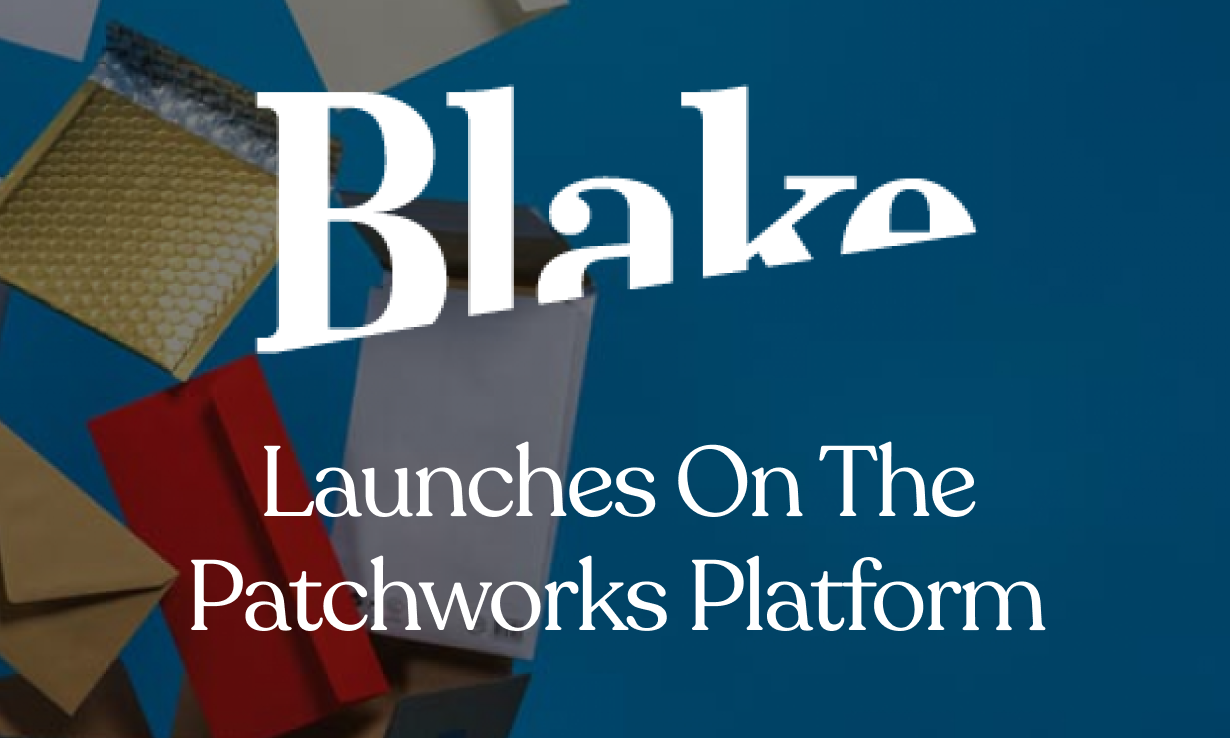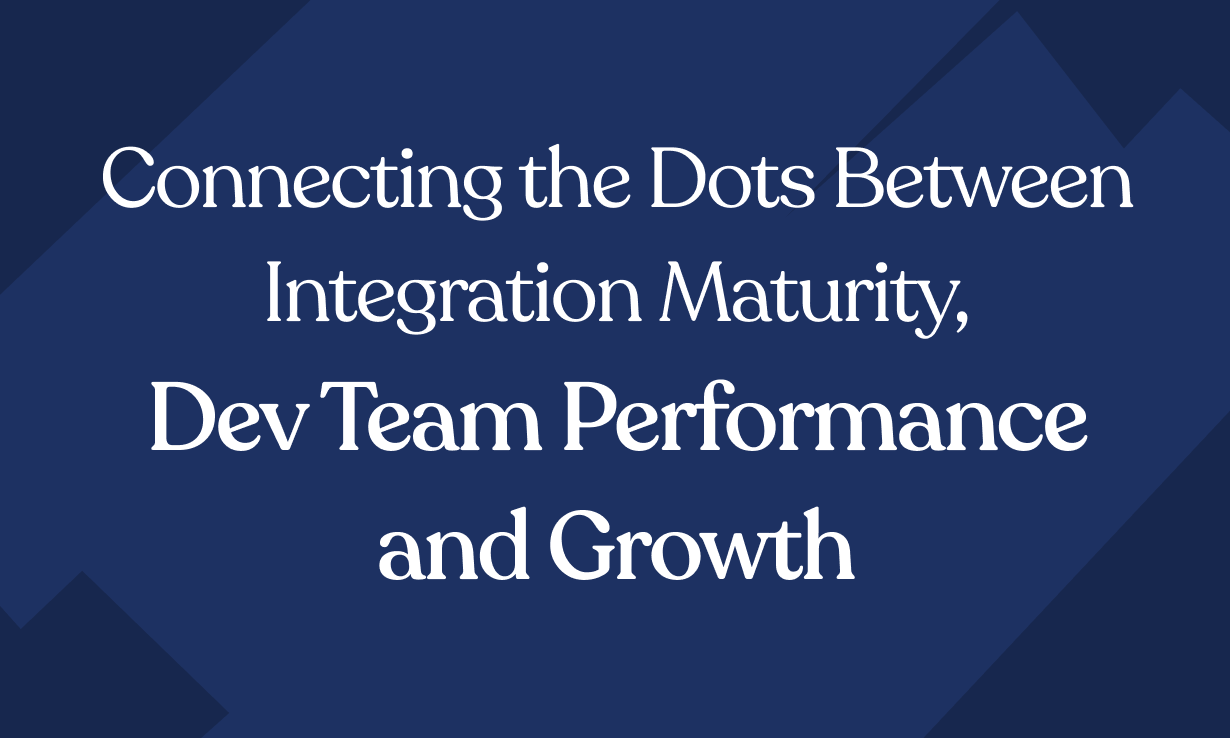Aiming for B2B or B2C market expansion? Here’s your integration checklist.
December 10

Finding your target market is essential for ecommerce success. That’s not just about demographics, you’ll also need to know whether you’re selling business to consumer (B2C) or business to business (B2B).
But with the global ecommerce B2B market worth $1.63 trillion, and the B2C market worth $4.03 trillion, it’s a missed opportunity to not consider grasping both and supercharging your revenue through market expansion.
Perhaps you sell stationery to offices, but want to make a name for yourself amongst regular shoppers - or vice versa.
However, the approach you take for your current market might not apply to a new one. That’s especially true for your tech stack and operation. We’ve put together a list of things you need to consider when going through a market expansion, and how powerful integrations can help resolve those concerns.
Your current platform’s capabilities
Every ecommerce platform has its strengths and weaknesses. BigCommerce, for example, is brilliant for B2B businesses but is less suited for B2C than something like Shopify.
That raises a challenge for companies looking to expand their market to a different type of customer. You might have a B2C-centred platform which struggles with bulk orders, and lacks in-built features which make selling to other businesses easier.
You could opt to completely scrap your current platform and switch to a more composable one, like commercetools or BigCommerce, which lets you build a more bespoke experience tailored to both consumers and businesses.
But there’s a couple of routes you can take to solve this issue. The first is through the intelligent integration of tech. There’s lots of apps and solutions out there for specific platforms which make a different type of selling more manageable.
SparkLayer, for example, is designed to bring wholesale B2B functionality to Shopify stores. It provides businesses with features such as rapid re-ordering, shopping lists, B2B payment methods, and other time-saving tools.
If you don’t want to integrate even more tech solutions into your business, there’s also another way to expand. You could opt to completely scrap your current platform and switch to a more composable one, like Commercetools, which lets you build a more bespoke experience tailored to both consumers and businesses.
Your distribution network
When expanding to a different target market, many businesses make the mistake of simply scaling up their current distribution operation to handle more orders.
And whilst a larger distribution network will be helpful, if you’re not changing your strategy, you won’t be delivering to your new market as efficiently as possible.
That’s because both B2C and B2B delivery require different approaches. A driver assigned to consumers will have dozens of separate, small deliveries to make in a single day, possibly spread out across entire cities. However, a van delivering B2B goods can only fit a small handful of orders into one vehicle, and each delivery will take longer as they have to unload more parcels.
Plus, 56% of consumers now expect same-day delivery. Meanwhile, businesses are more likely to order on a retainer (e.g. one order every month), so your B2B delivery operation might not be equipped to handle rapid movement.
With this in mind, retaining the same strategy you currently use for distribution can result in unhappy customers and longer wait times. Make sure you either have an operation which can allocate the right type of shipping automatically, or have two separate delivery companies which handle each area of your market.
Your use of data and analytics
Any type of business expansion can cause difficulties in the way you collect data. Whether you’re opening new stores, or growing your customer base, the seamless integration of those new systems doesn’t come automatically. And that can result in a lack of insight into new areas of your business.
Let’s say you’re a B2C company wanting to sell B2B. Without an intelligent ERP or analytics solution, you might struggle to differentiate your sales between consumers and businesses.
This can result in poor decision making. Perhaps your sales data isn’t clear, and only shows your total performance rather than segmenting it between B2C and B2B. That will result in an inability to strategise with precision.
We’d recommend either a fully integrated ERP which specialises in both B2C and B2B, or a business intelligence solution which can give you real-time data and insights on all areas of your enterprise.
Your manufacturing operation
Similar to shipping, manufacturing often requires a specialised approach depending on the target market of your products.
The first hurdle to overcome, however, is your business’ capability to produce goods. Your current manufacturing operation might be running smoothly, but adding another market into the mix will be a big change. So make sure your current manufacturing site is able to cope with increased scale, and if it isn’t, look into opening a new one.
Once you’re confident of your ability to scale, consider the differences between B2B and B2C manufacturing. For example, many businesses buy their supplies on a retainer-based model. This means that you’ll need to ensure ahead of time that a customer’s bulk order has been produced.
And if you’re expanding to reach B2C markets, you’ll need to have a manufacturer capable of continuous output. It also needs to seamlessly communicate with your store and fulfilment operation, to know what is out of stock and what is already being stored in abundance.
Access market expansion throughPatchworks integrations
A client of ours recently faced some of these issues. They were traditionally a B2B store, but wanted a market expansion to reach regular consumers.
To achieve this, they knew they needed to open a brand new manufacturing site to handle the increased demand. However, their ERP couldn’t support this change and wasn’t seamlessly connected with the rest of their core systems. They needed to rebuild their ERP and bring in a specialty manufacturing solution to ensure a smooth transition.
That’s why they brought in Patchworks. We connected all of their disparate systems, including their new ERP, and manufacturing site and solution.
But the Patchworks iPaaS is capable of helping other areas of your market expansion. Our self-serve, no-code/low-code platform allows you to easily restructure your business, from changing or adapting your ecommerce platform to ensuring a tech ecosystem which communicates efficiently.
For more information on the Patchworks platform and other solutions, get in touch for a free demo and consultation.











